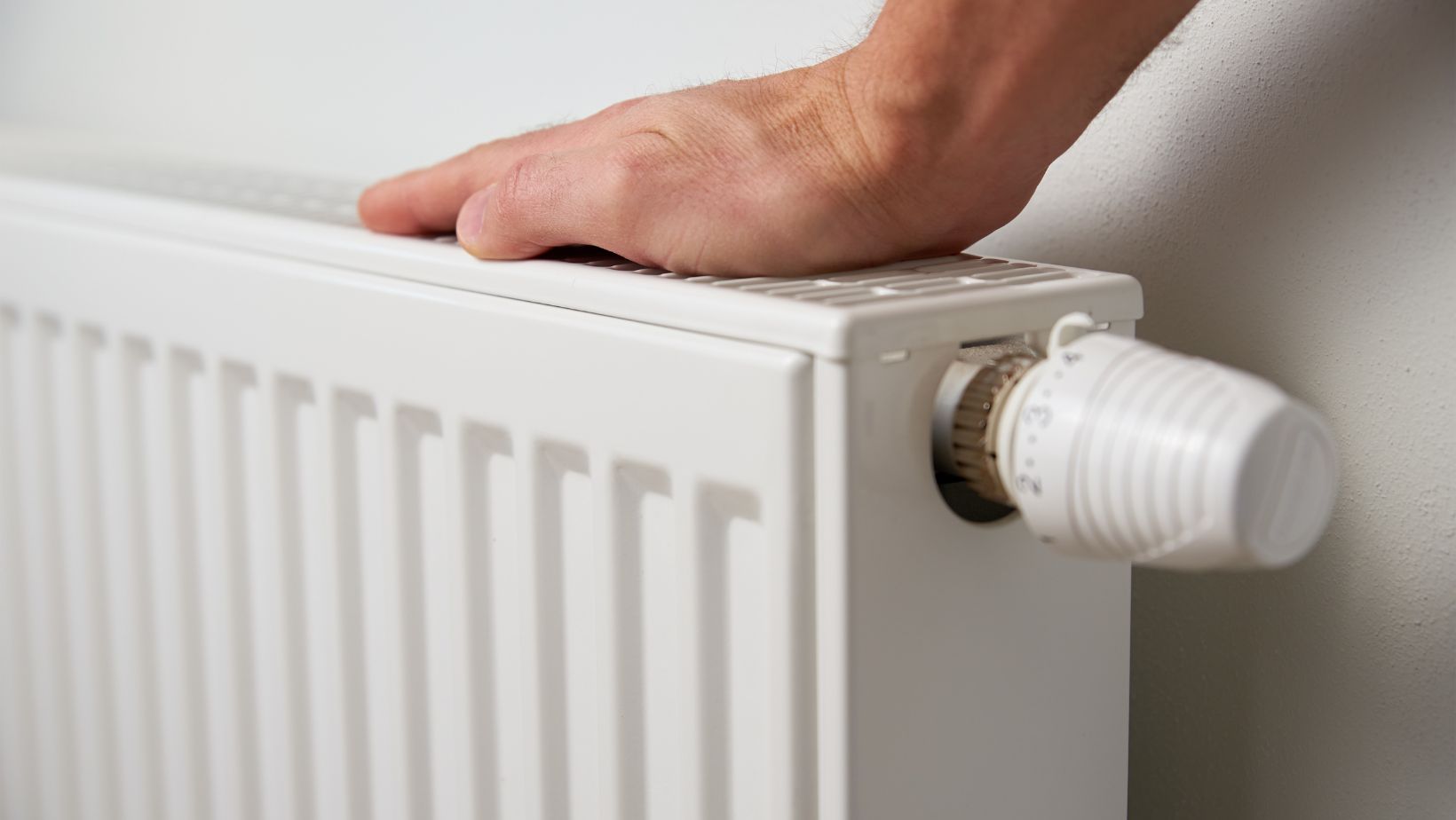A lot of modern home upgrades come down to the same central idea: making the most out of limited space without compromising comfort. Nowhere is that more relevant than in heating. As rooms get repurposed, walls shift, and open-plan living evolves into something new entirely, traditional radiator designs can start to feel awkward. Too tall, too wide, too inefficient—or just plain in the way.
And that’s before you factor in energy bills. Heating isn’t just a design consideration anymore, it’s a cost-benefit analysis, a lifestyle decision, and—if you’re the sort who scrutinises radiators on Pinterest—possibly even a minor aesthetic obsession.
Contents
Table of Contents
ToggleWhy Radiator Size Still Matters
It’s tempting to assume that radiator efficiency is all about power. Bigger equals better, right? Not quite. A well-chosen compact radiator can actually outperform its bulkier counterparts, particularly when matched correctly to room size, insulation levels, and usage patterns. The shape and surface area influence how heat is distributed—and how quickly.
Tall, slim radiators might suit narrow wall spaces, but they often concentrate heat in a single vertical stream. Horizontal, low-profile designs, on the other hand, tend to spread warmth more evenly across a room. That’s especially valuable in bedrooms, studies, and modern living areas where you’re trying to balance comfort and minimalism.
Compact doesn’t mean underpowered. And it definitely doesn’t mean limited design choice.
Which Compact Models Offer Genuine Performance?
This is where things get interesting. Plenty of models on the market promise sleek design, but far fewer offer efficient heat output that holds up through a proper winter. One area worth exploring? Double panel single convector options. They strike a neat balance between slim depth and higher BTU output—ideal for smaller rooms where wall space is at a premium.
If you’re looking for a model that delivers both form and function, take a moment to explore our 600H x 1200L radiator collection. These units are designed to fit neatly under windows or along shorter walls, without compromising on heat distribution. It’s this kind of balance—between aesthetics, heat performance, and size—that defines good radiator design today.
It’s also a nice bonus when installation is straightforward. Some of these models come pre-treated against internal corrosion and offer a sturdy compact profile, meaning less wall strain and easier mounting in awkward or retrofit spaces.
Where Compact Radiators Shine (And Where They Don’t)
In new builds and apartments, compact radiators tend to thrive. These spaces are often better insulated, so you’re not fighting constant heat loss. A double panel convector can warm up a small bedroom or hallway fast—without the need for oversized units that eat up visual space.
Period properties or poorly insulated homes, though, present a trickier scenario. Compact radiators can still work, but placement becomes more critical. You’ll want to factor in not just BTU needs, but also furniture layout, drafts, and whether you’re planning to supplement with underfloor heating or a wood-burning stove. It’s rarely one-size-fits-all.
That said, many people underestimate how much radiator performance depends on location. Stick a good compact unit under a leaky sash window, and its efficiency will still struggle. Tuck it onto an interior wall in a well-sealed room, and suddenly it’s your new favorite appliance.
Matching Aesthetics To Function
There’s no shortage of sleek, designer radiators if you’re aiming for visual impact—but “compact” doesn’t have to mean bland. Modern models come in matte finishes, soft neutrals, and even statement colors if you’re willing to step beyond the classic white. Compact profiles also pair better with open shelving, recessed cabinets, and wall-mounted TVs. They give you back vertical space, which matters a lot more than people think.
For those who lean traditional, compact panel designs still offer the familiar look of a conventional radiator, just trimmed down and tidied up. You’re not sacrificing visual cohesion for the sake of function. In fact, you’re arguably improving it—especially in homes where space is already a luxury.
Final Thoughts: Small Changes, Bigger Comfort
There’s something satisfying about tweaking a room’s heating setup and immediately feeling the difference—not just in temperature, but in how the room feels. More space, less clutter, more even warmth. A compact radiator might not be the most thrilling purchase you make this year, but in terms of daily life impact? It punches above its weight.
Heating systems are one of those things we forget about until they stop working—or until a bulky old radiator starts eating into a new bookcase or sofa plan. Choosing the right compact model means you get ahead of that moment. It’s a small shift with long-term payoffs: better layout, better comfort, and maybe even a lower energy bill once the seasons turn.


